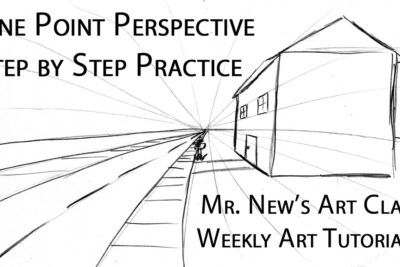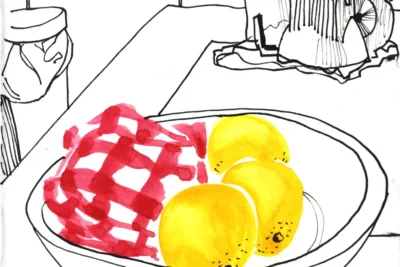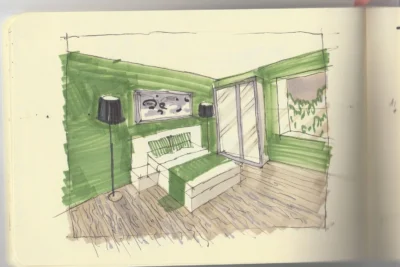
TL;DR
Mastering art techniques is essential for creating compelling and professional artwork. This guide explores fundamental and advanced artistic methods, including drawing, painting, shading, perspective, and mixed media approaches. By understanding and practicing these techniques, artists at all levels can improve skill, develop style, and bring creative visions to life.
Introduction: Why Learning Art Techniques Matters
Art techniques form the foundation of visual expression. Even the most imaginative concept requires technical proficiency to translate ideas effectively. Learning proper techniques allows artists to:
- Execute accurate forms and proportions
- Control light, shadow, and perspective
- Express emotion, texture, and movement
- Develop a distinctive personal style
Whether you’re a beginner exploring your first sketches or a professional refining your craft, technique mastery is key to artistic growth.
Fundamental Techniques for Beginners
Drawing Basics
- Line Work: Practice consistent lines, varied thickness, and fluidity.
- Shapes and Forms: Break down complex objects into simple geometric shapes.
- Proportions: Use reference grids and measurements to maintain accuracy.
Exercise: Draw simple everyday objects using geometric shapes to structure your composition.
Shading and Texture
- Hatching and Cross-Hatching: Build tonal value with parallel or intersecting lines.
- Blending: Smooth transitions with pencils, charcoal, or blending tools.
- Texture Techniques: Recreate surfaces like wood, fabric, or fur with controlled marks.
Exercise: Select three objects with distinct textures and practice rendering each with appropriate techniques.
Intermediate Techniques
Perspective
- One-Point Perspective: Ideal for streets, hallways, or simple interiors.
- Two-Point Perspective: Adds depth to urban scenes, architecture, and objects.
- Three-Point Perspective: For dramatic, exaggerated angles, especially in cityscapes or towering structures.
Exercise: Sketch a room or street corner using two-point perspective, noting vanishing points carefully.
Color Theory
- Primary, Secondary, and Tertiary Colors: Understand basic color relationships.
- Complementary and Analogous Colors: Enhance visual impact and harmony.
- Value and Saturation: Control depth, mood, and emphasis in painting or digital art.
Exercise: Create a color chart experimenting with mixing primary colors to achieve secondary and tertiary shades.
Advanced Techniques
Mixed Media and Layering
- Combining Media: Pencil with watercolor, ink with digital effects, or collage elements.
- Layering Colors and Textures: Build complexity and richness in artwork.
- Glazing and Washes: Apply transparent layers to add depth and luminosity.
Specialized Techniques
- Foreshortening: Depict objects or figures in perspective for dramatic impact.
- Chiaroscuro: Use strong light and shadow contrasts to create volume and mood.
- Impressionistic Brushwork: Capture light and movement with loose, expressive strokes.
Exercise: Take a simple scene and create three versions: realistic, impressionistic, and abstract, using different techniques.

Digital Art Techniques
- Layer Management: Organize compositions efficiently in digital software.
- Brush Variety: Experiment with textures, opacity, and blending modes.
- Vector vs. Raster: Understand when to use each for precision or painterly effects.
- Digital Rendering: Master digital shading, highlights, and special effects.
Exercise: Digitally replicate a traditional painting technique to compare outcomes.
How to Practice Techniques Effectively
- Daily Sketching: Dedicate at least 15–30 minutes to practice.
- Focused Exercises: Choose one technique per week to master.
- Document Progress: Keep a sketchbook or digital folder to track improvements.
- Seek Feedback: Join online communities or local art classes for constructive critique.
- Combine Techniques: Apply multiple methods in a single project to strengthen versatility.
FAQs – Art Technique Insights
Q1: How long does it take to master basic art techniques?
With consistent daily practice, noticeable improvement can occur within 3–6 months. Mastery is ongoing and evolves with experimentation.
Q2: Can I learn advanced techniques without mastering basics?
It’s possible, but strong fundamentals ensure accuracy, consistency, and confidence in advanced methods.
Q3: Are digital techniques different from traditional ones?
Yes and no. Principles like composition, perspective, and color remain the same, but digital tools offer flexibility and experimentation.
Q4: How do I avoid developing bad habits in art?
Regularly review fundamentals, follow tutorials from reputable sources, and get feedback from experienced artists.
Q5: How can I apply learned techniques creatively?
Experiment by combining styles, media, and methods. Focus on expression and originality rather than perfection.
Conclusion
Mastering art techniques empowers artists to turn imagination into compelling visuals. From basic drawing and shading to advanced perspective, mixed media, and digital rendering, consistent practice and experimentation build skill and confidence.
At Artistic Designers, we provide guides, exercises, and inspiration for artists of all levels to develop technique, refine style, and create professional-quality artwork.






Leave a Reply